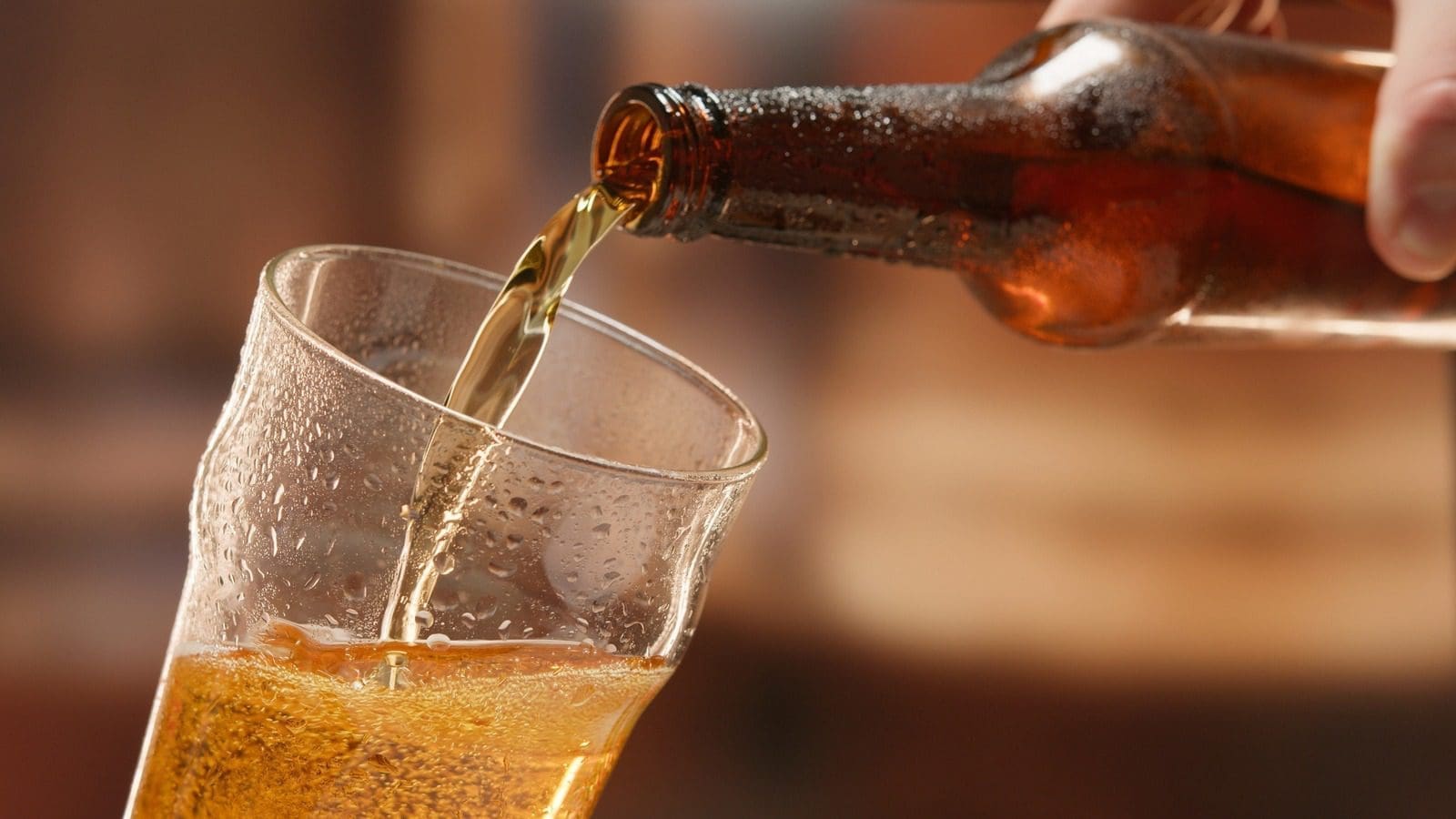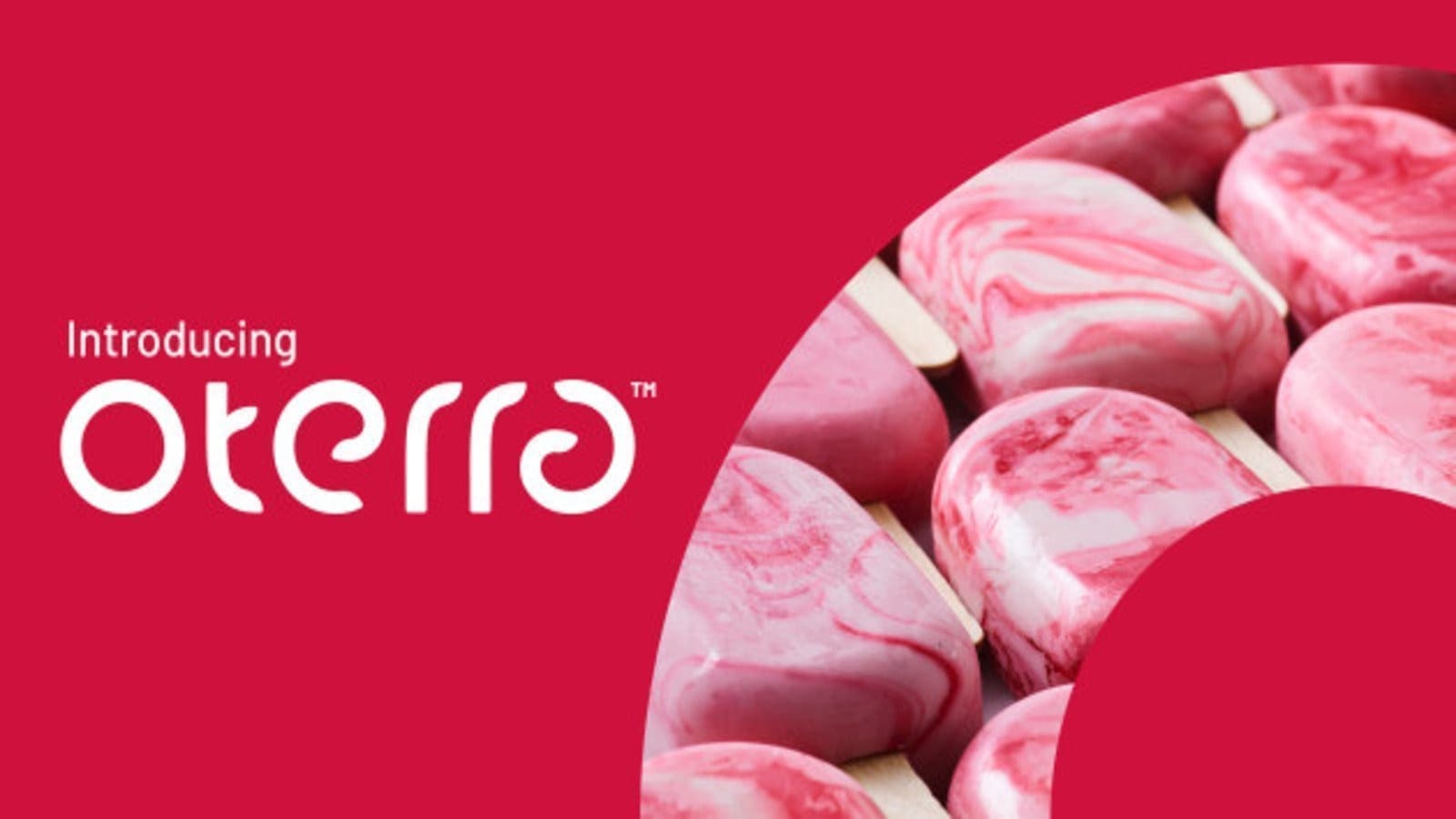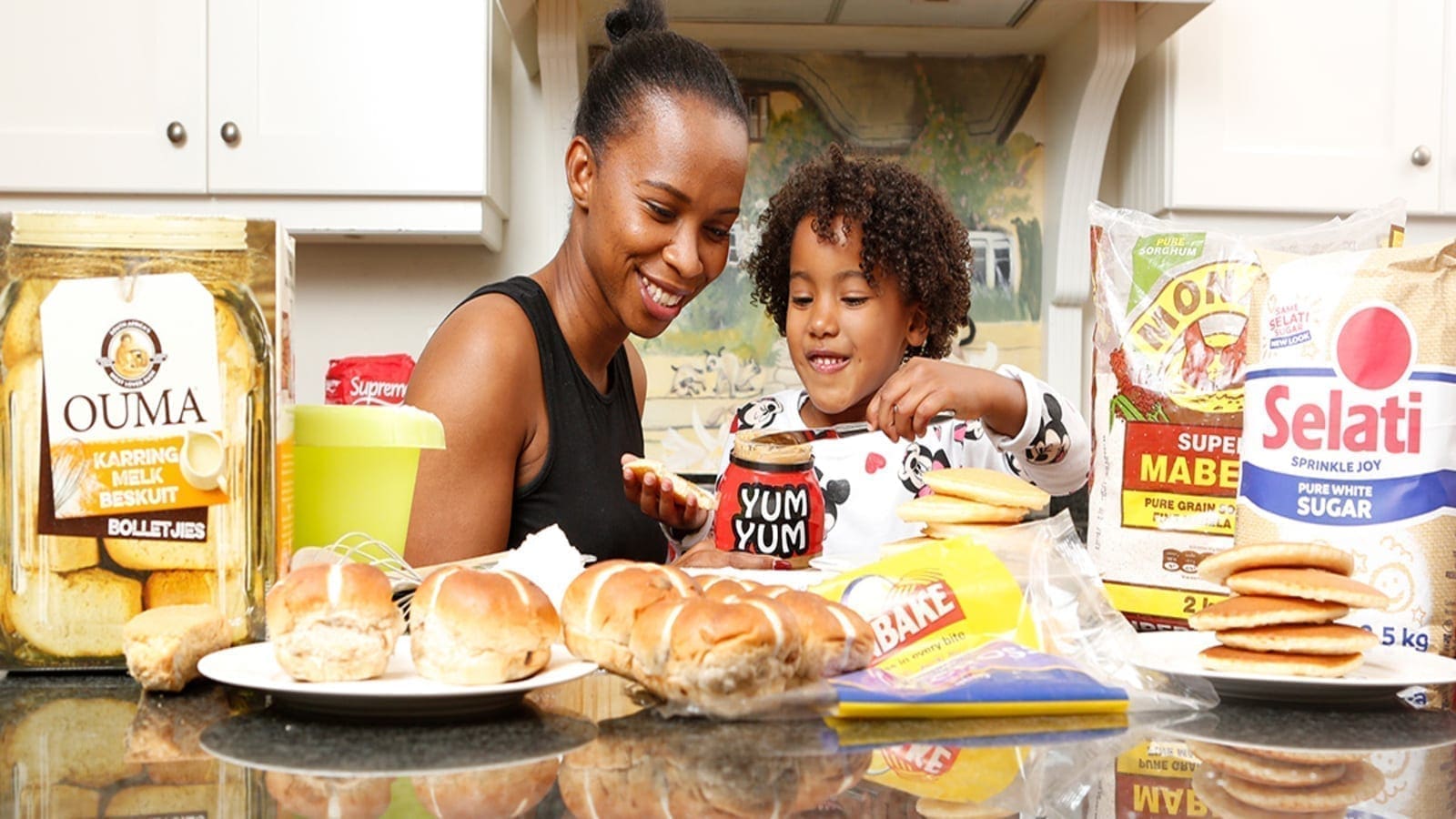GLOBAL – As many companies anticipate a profitable 2023 despite the economic challenges that are still causing worries, IWSR, the leading source of data and analysis of the beverage alcohol market, has pointed out some of the key trends shaping the global industry.
While the world enters a period of growing economic fragility, those with financial stability–typically consumers with lower levels of debt and secure employment–will provide increasing opportunities for premium-and-above spirits and wine brand owners.
In China, for example, IWSR consumer data shows that there has been a shift in the alcohol-drinking population, with fewer 18−24s, possibly connected to 20% unemployment among graduates.
In addition, China’s risk profile will evolve and its leadership of the luxury spirits market will come under threat as the US and India are positioned for strong spirits growth in the next few years.
Several key factors may dampen further spirits gains in China, such as a proposed government cut down on conspicuous consumption, falling consumption rates amongst younger LDA drinkers, and lower GDP expectations compared to the last 5 years.
However, China has not yet experienced a proper post-Covid boom. When it does take place, it could help to counteract the impact of these headwinds in the short term.
Despite that, the US status spirits market, spearheaded by high-end agave spirits, is forecast to add the most value to the status spirits category of any individual market over the next five years, bringing it almost level with China.
India is also poised to make strong spirits gains thanks to its booming economy; rising consumer incomes; market recovery and growth post-pandemic; and strong consumer confidence.
The second most populous country, India, is also among Latin America, and Africa, which, according to IWSR, are the most promising growth opportunities for beer in the coming years.
The market analysis company says beer is also well-positioned to grow in many Southeast Asia markets while projecting the global volumes to rise at a CAGR of +1% between 2021 and 2026, driven by Brazil, Mexico, South Africa, Colombia, and India.
Over the coming years, growth rates for the alcohol eCommerce channel are set to moderate as the market enters a period of post-pandemic normalization.
However, the overall trajectory remains upward, with alcohol eCommerce expected to contribute an additional US$10bn+ to the beverage alcohol sector between 2021 and 2026, to reach nearly US$40bn by 2026, across focus markets.
In Brazil, where global volumes are expected to rise, growth has been driven by investments in on-trade and eCommerce.
In line with this trend, Brazil’s on-trade will contribute the highest volumes to the beer category across the top 20 beverage alcohol volume markets by 2026.
As beer will see the largest volume shift to eCommerce by 2026 (vs 2021), spirits will contribute the most value, and wine, the most established category online, will see its share of eCommerce sales slip slightly over the coming years.
Although there will be growth in sales of alcoholic products, IWSR worries that economic concerns and a need to cut household spending will lead to moderation in product intake.
The economic concern will, however, make the at-home occasion even more significant in the future, as shrinking disposable incomes force many people to cut back on visits to the on-trade.
IWSR expects the on-trade recovery to be slower than previously expected, although pre-pandemic volumes will probably be regained by 2026, thanks in particular to strong gains for beer in Latin America.
For all the latest food industry news from Africa and the World, subscribe to our NEWSLETTER, follow us on Twitter and LinkedIn, like us on Facebook and subscribe to our YouTube channel.










